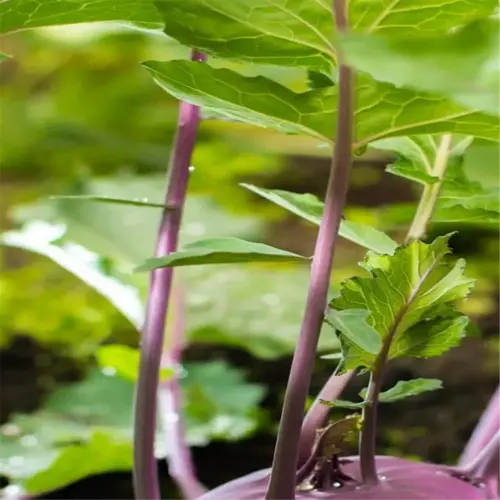How to grow lettuce successfully in home gardens?

Written by
Benjamin Miller
Reviewed by
Prof. Martin Thorne, Ph.D.To successfully grow lettuce, we need to first assess what it needs to thrive. Lettuce is a cool-weather crop and grows best when the temperature is between 40-75°F (4-24°C), but modern cultivars were bred to accommodate a range of environments. I have grown butterhead lettuce in Arizona under shade cloth and with timed irrigation and had no issues, so it is versatile as well.
The quality of soil preparation distinguishes between mediocre crops as opposed to champion heads. My soil mix is 60% compost, 30% coconut coir, and 10% vermiculite. Low pH readings in test kits indicate acidity. Crushed eggshells raised pH while adding calcium. Looseleaf types can tolerate pH levels of 6.0-7.0, whereas crispheads need a pH of 6.5-7.0 to form heads properly.
Light Management
- Morning sun + afternoon shade prevents bolting
- 30% shade cloth reduces leaf temps by 10°F (5.5°C)
- Reflective mulch boosts growth 20% in low-light areas
Water Systems
- Drip irrigation prevents leaf fungus
- Self-watering pots maintain 80% soil moisture
- 1 inch (2.5 cm) weekly minimum
The optimization of available space will maximize urban gardening opportunities. My vertical tower system will grow 36 plants in an area of 4 square feet (0.37 m²) from using stacked planters. I intercrop radishes in between the rows of lettuce as a visual cue for succession planting dates; the radishes mature quickly, allowing me to harvest them at a date that opens space in a row of lettuce for the head to have more room to mature.
Pest management includes both prevention and intervention. When they're placed early, floating row covers can block up to 90% of aphids. For active infestations, using garlic spray (two cloves per quart) in the evening is a great way to deter pests, and you don't risk harming beneficial insects. A consistent practice of inspecting your leaves will also help catch a pest issue before it becomes a problem.
Read the full article: How to Grow Lettuce: Expert Tips for Every Gardener

